Are plant mutations bad? And 5 ways expert gardeners avoid them
This is how the experts lower the threat of plant mutation – and promote healthy growth all season long
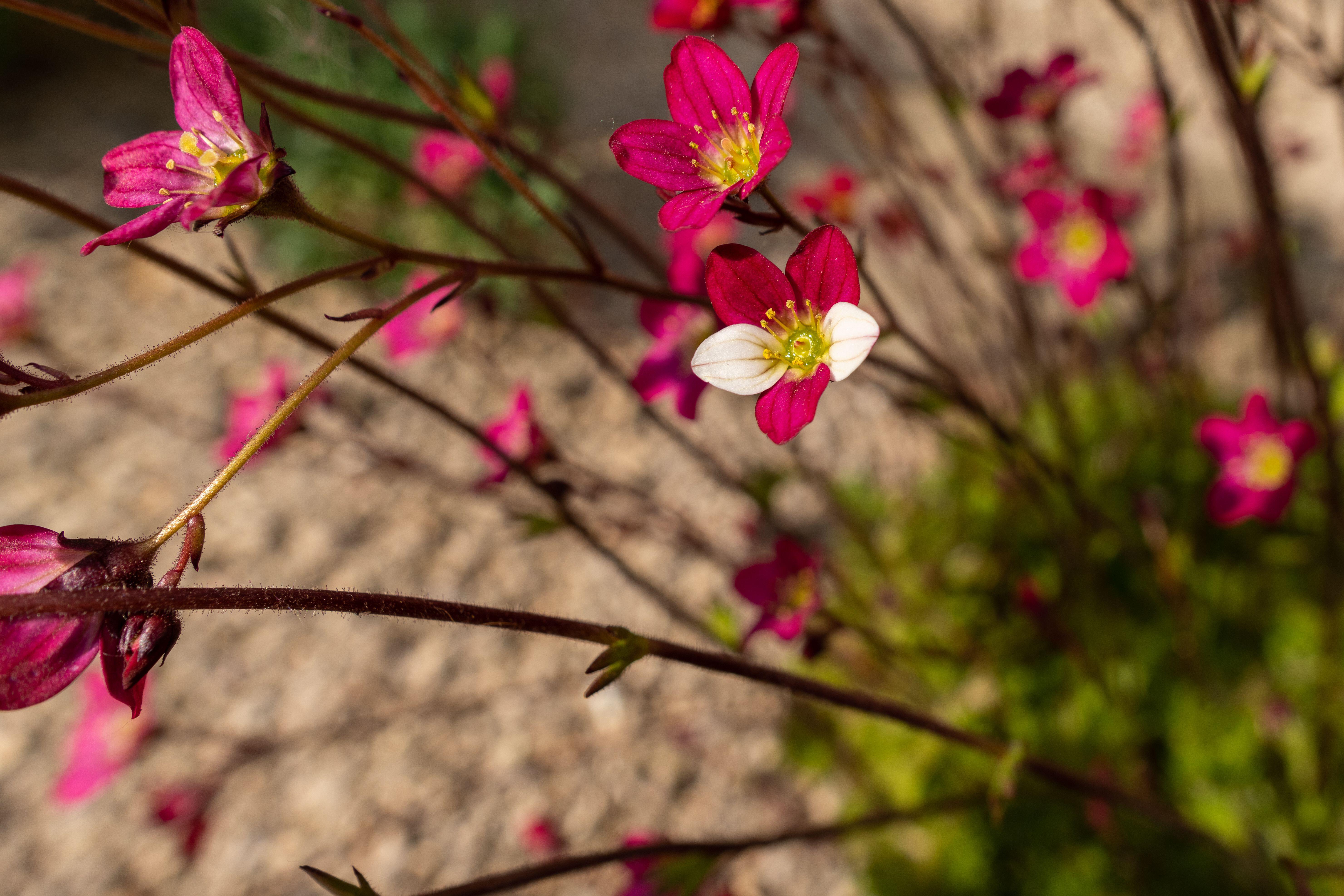

For all their pleasures, it can often feel like your plants have a mind of their own – especially when showing signs of mutation.
Plant mutations (otherwise known as breaks, sports, or chimeras) occur suddenly – and when they do – the appearance of your plant changes, such as in the white petal of the saxifraga flower above. Or perhaps you have planted a variegated shrub that slowly becomes pure green?
Plant mutations are often visible through the stem, flowers, foliage, or fruit of any plant that may be a part of your garden ideas. As plant mutations are natural, they can feel hard to control – especially in summer when mutations take place amid high temperatures. And they don't just affect flowers but fruit and vegetable garden ideas, too.
Are mutations always harmful in plants?
Plant mutations are not always harmful. However, if you are intent on growing the healthiest looking plants in your garden, you will want to keep an eye open for them.
5 ways to avoid plant mutations – according to experts
Whether you're learning how to plant roses or how to grow strawberries for a fruitful harvest, the tips surrounding plant mutations remain the same. Here's how the experts discourage the problem – for reliable plant growth throughout the season.
1. Always use healthy seeds
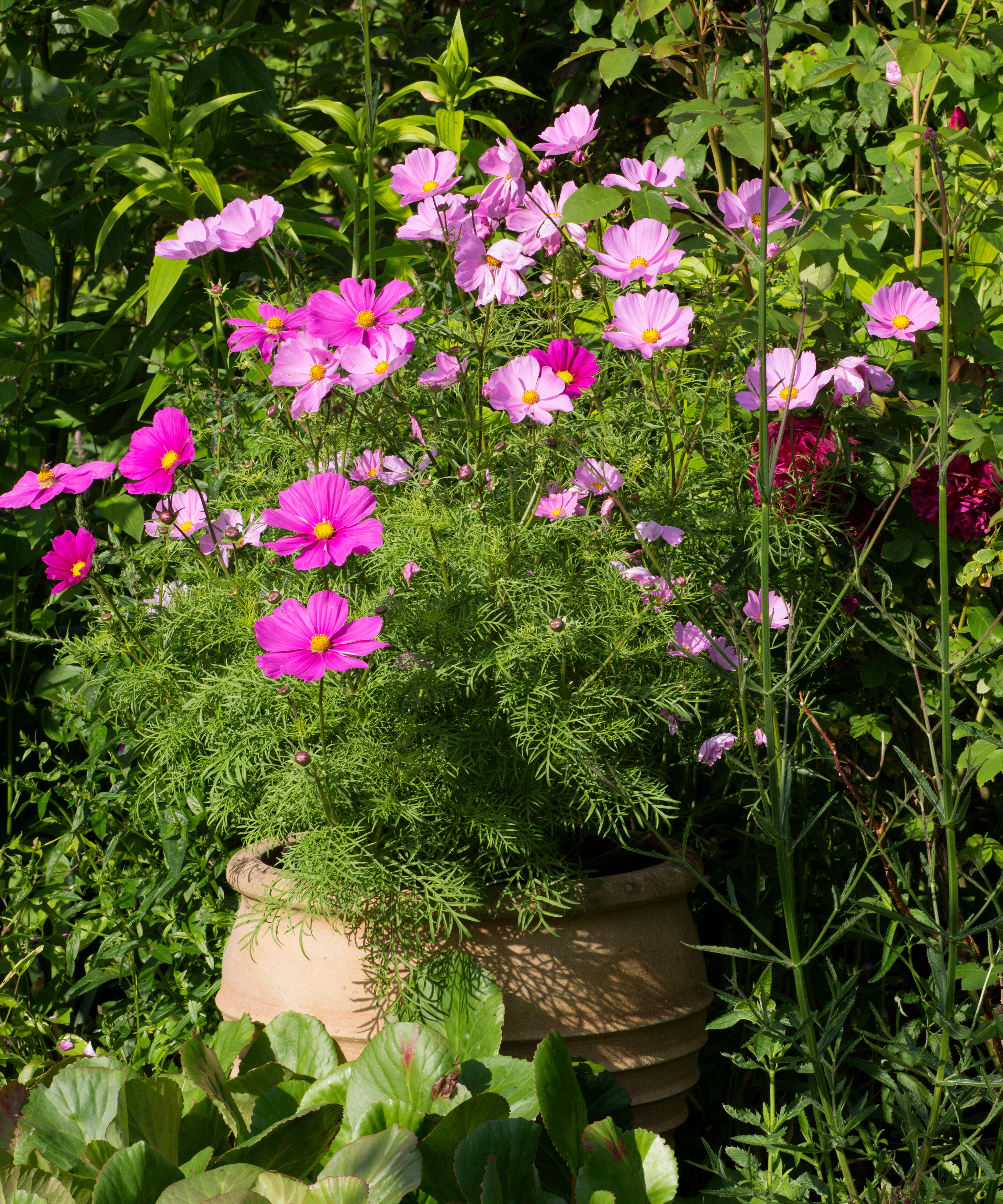
Knowing when to plant grass seed is vital for growing a healthy lawn, but investing in the correct type of grass seed is similarly impactful when preventing plant mutations.
'It's better to grow from organic or heirloom seeds than those that come from a big brand name seed company,' suggests Maine-based landscape design expert Melody Estes from The Project Girl. This is because some brands 'will often use GMO seeds that may lead to mutations in the offspring.'
If you're unsure whether your seeds are organic or heirloom, Melody recommends asking an expert at your local gardening store.
2. Grow plants in nutrient-rich soil
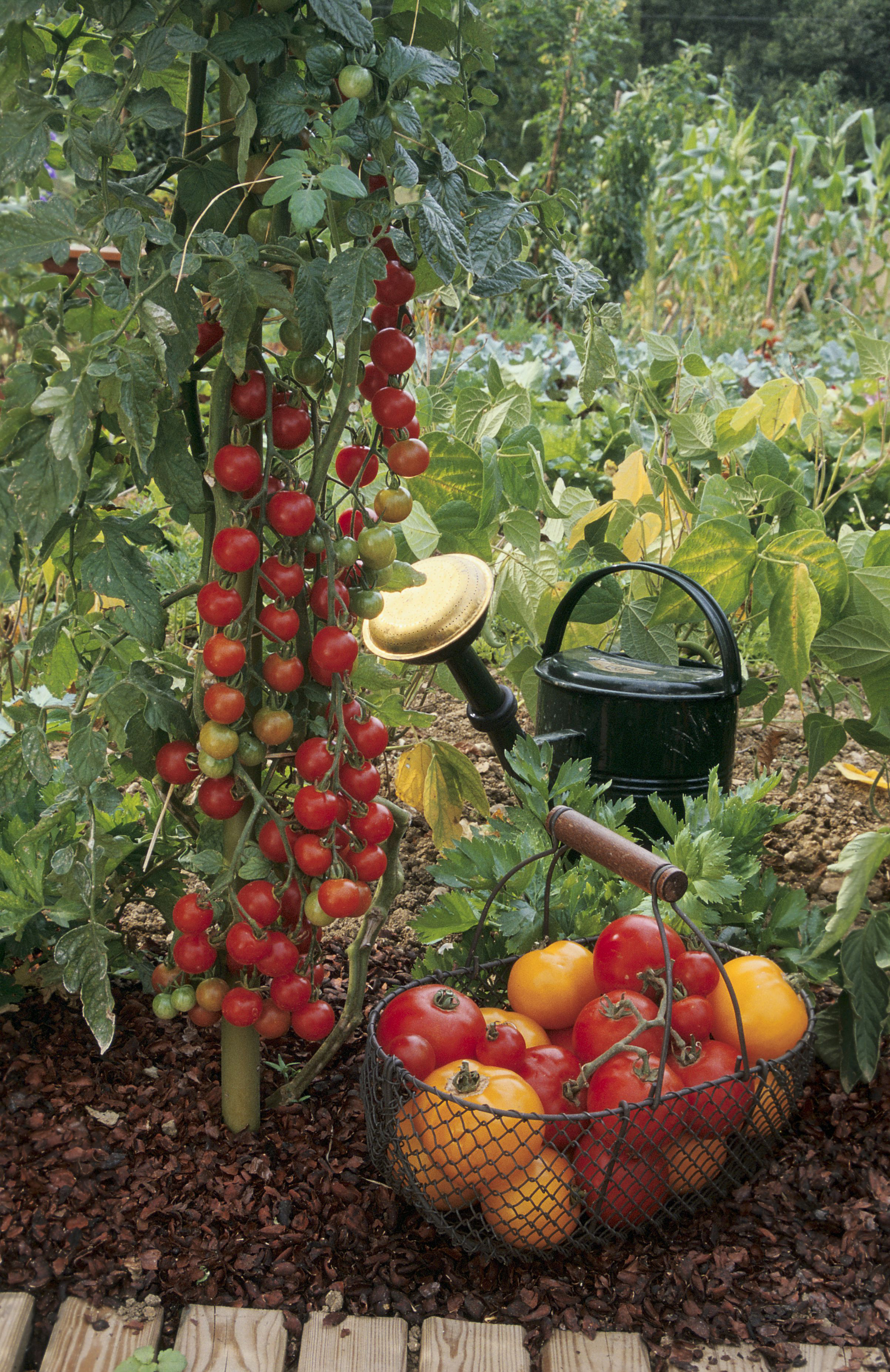
'The more nutrients there are in the soil, the healthier your plant will be – and the less likely it will be to get sick or develop mutations,' Melody says.
The expert recommends adding compost or other organic matter into your raised bed garden ideas before planting anything. This will help provide nutrients for healthy growth until harvest.
3. Avoid radiation exposure
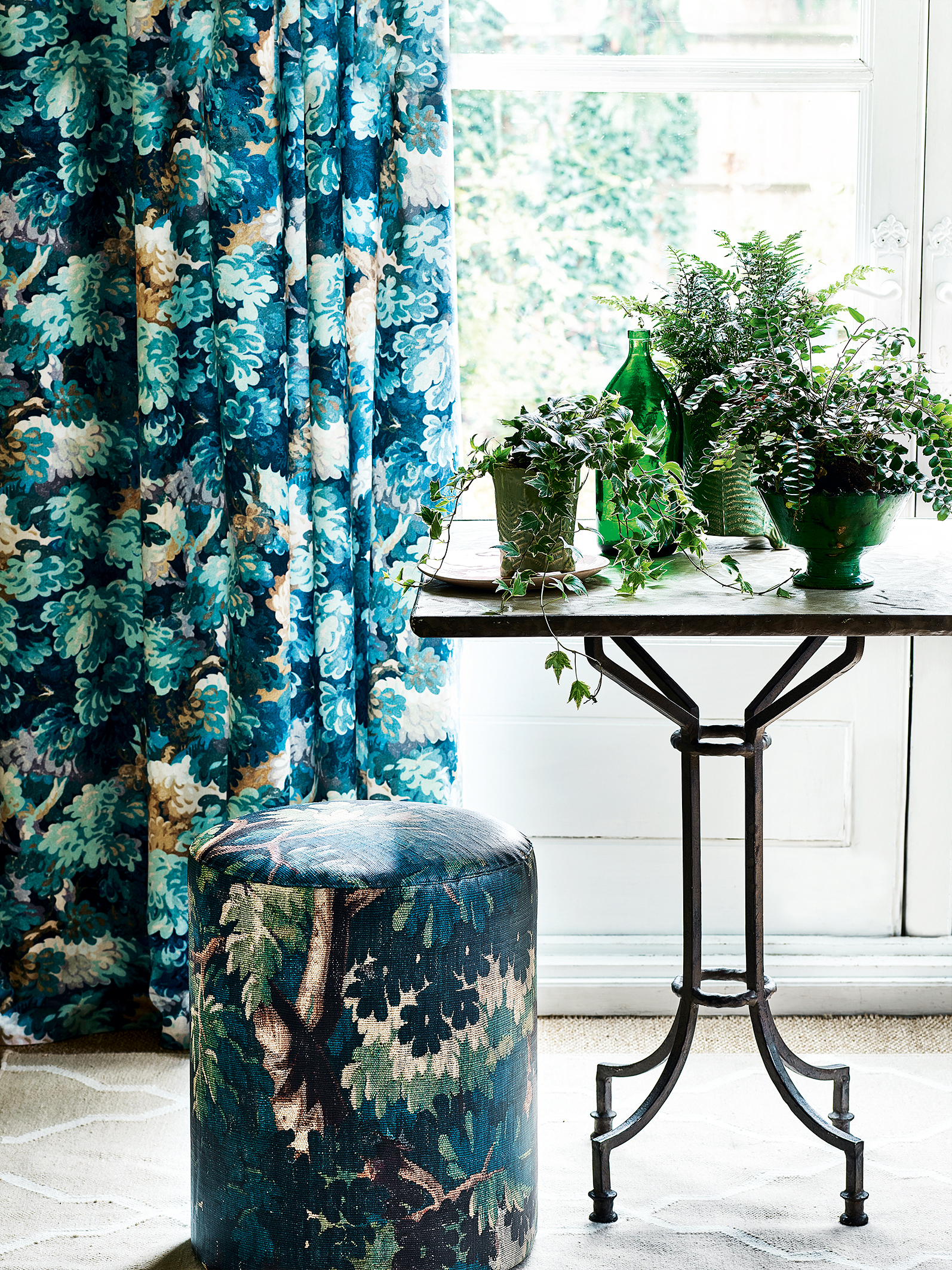
While it may initially seem unconventional to consider radiation exposure levels in your garden, Melody urges you to think about your best indoor plants, too. 'Plants have very sensitive DNA structures, so if you expose them to too much radiation (such as from an old TV), they can become mutated,' she explains.
However, avoiding radiation is simple – you simply need to keep your old electrical devices away from your plants.
4. Stay away from pesticides on your plants
Some pesticides have their benefits for deterring pests and bugs that may be feeding on your plants; however, they come with a warning:
'Pesticides kill off beneficial insects that help pollinate your crops and keep harmful insects away from your garden,' Melody explains. 'To avoid this problem, try growing organic fruits and veggies instead of using pesticides on them.'
5. Water earlier in the day
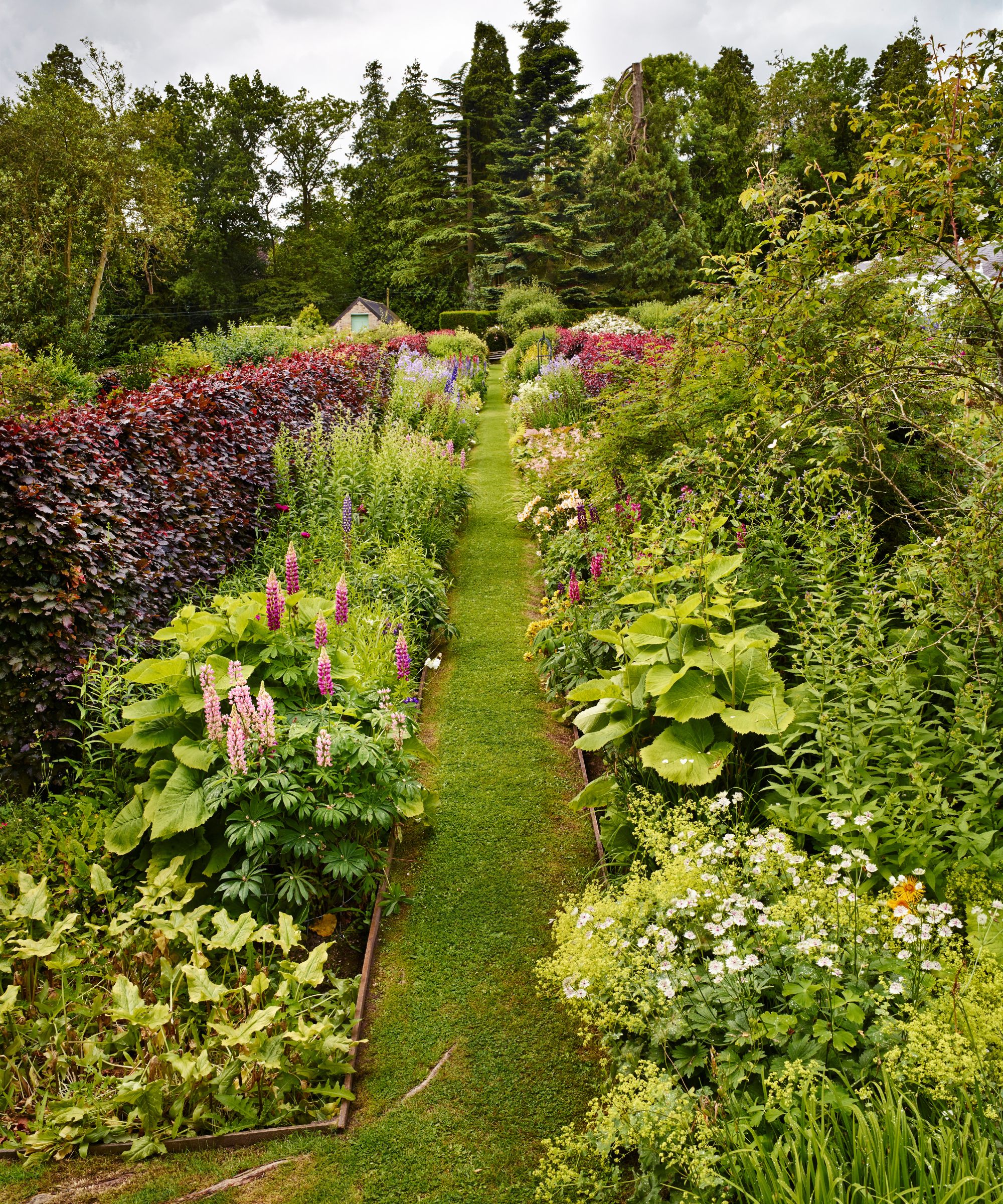
The question of when to water plants causes debate amongst many plant-enthusiasts. However, with mutations in mind, it is better to care for them earlier in the day. Lindsey Hyland of Urban Organic Yield explains that watering in the evening can encourage fungal diseases and consequently higher the risk of mutation.
'Watering in the morning prevents the risk of mutation, but it's also best practice for several other reasons,' H&G's garden expert Rachel Crow adds. 'Watering earlier in the morning means that plants can store water for the day, meaning they are less likely to feel parched. It's a tip we all need to remember.'
How to get rid of plant mutations?
One way to get rid of plant mutations is to prune the mutation out. Your plant will often return to normal on its own.
Sign up to the Homes & Gardens newsletter
Design expertise in your inbox – from inspiring decorating ideas and beautiful celebrity homes to practical gardening advice and shopping round-ups.

Megan is the Head of Celebrity Style News at Homes & Gardens, where she leads the celebrity/ news team. She has a history in interior design, travel, and news journalism, having lived and worked in New York, Paris, and, currently, London. Megan has bylines in Livingetc, The Telegraph, and IRK Magazine, and has interviewed the likes of Drew Barrymore, Ayesha Curry, Michelle Keegan, and Tan France, among others. She lives in a London apartment with her antique typewriter and an eclectic espresso cup collection, and dreams of a Kelly Wearstler-designed home.
-
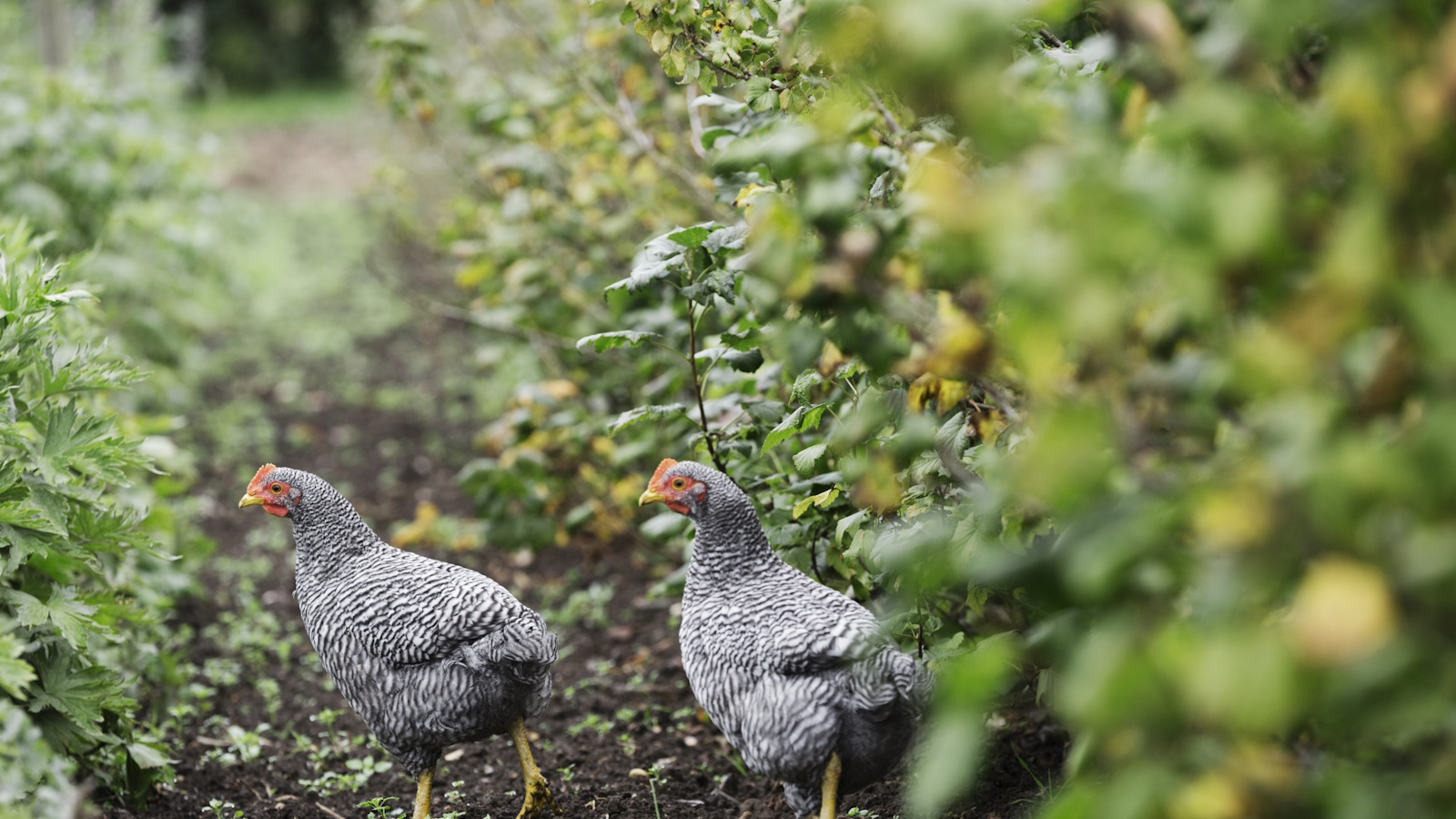 Best plants for a chicken run – 7 fragrant and floral plants for happy hens and beautiful coops
Best plants for a chicken run – 7 fragrant and floral plants for happy hens and beautiful coopsYour chicken run can be every bit as beautiful as your own garden, so long as you do your research first
By Kayleigh Dray
-
 Anna Kendrick's favorite coffee maker is the first machine to make iced beverages that are 'just as cold as a coffee shop' – it's currently under $200
Anna Kendrick's favorite coffee maker is the first machine to make iced beverages that are 'just as cold as a coffee shop' – it's currently under $200The actress uses this smart machine to make perfect mocha frappes straight out of her kitchen – it's a summer 2025 must-have
By Hannah Ziegler